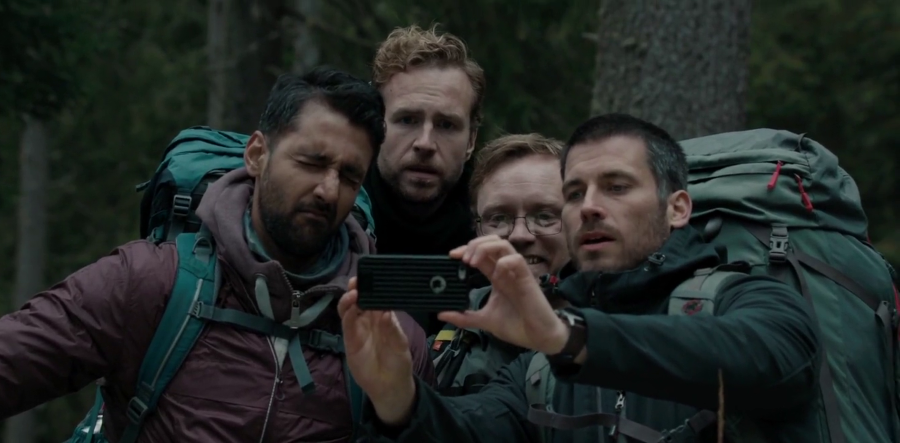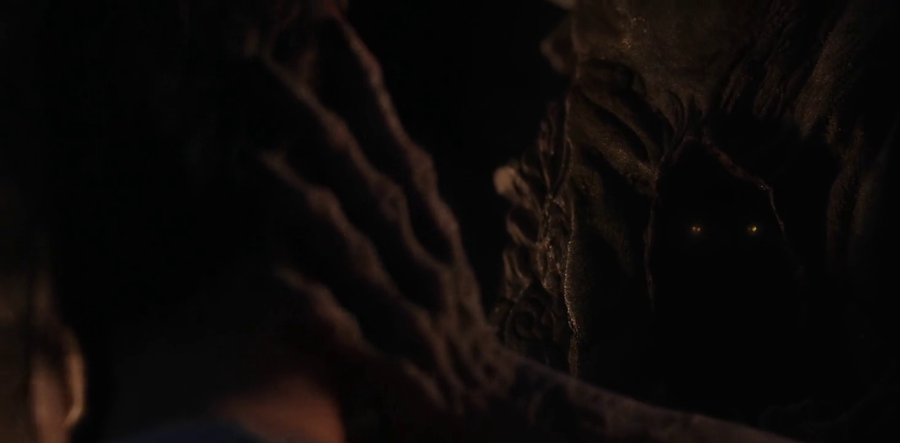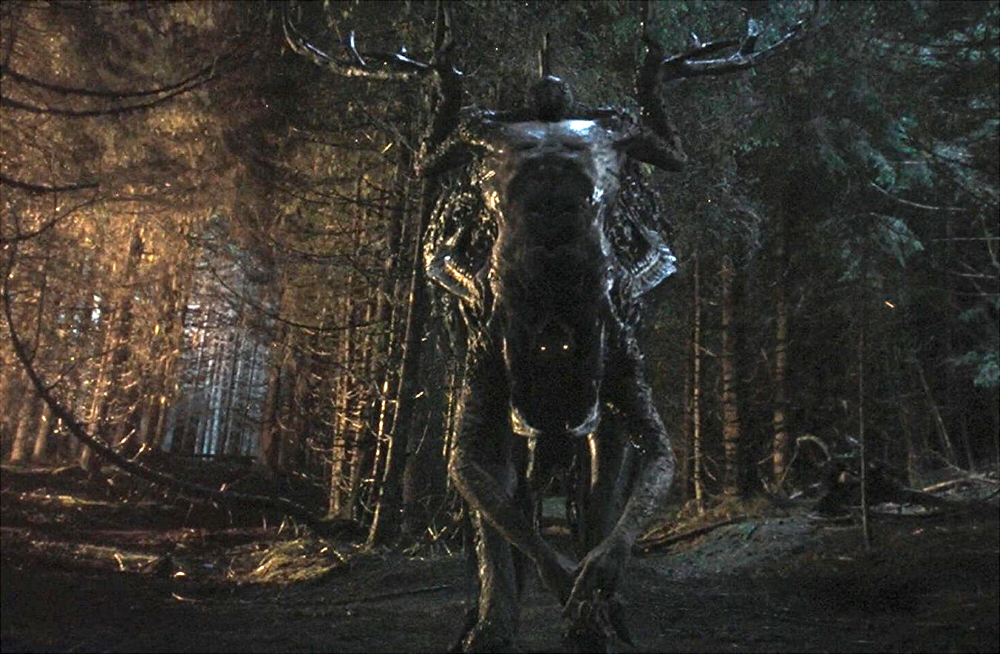By Jonathan Wojcik
ENTRY 12: THE RITUAL
It's obvious by now that they're being hunted, and sure enough, Phil is soon dragged off into the woods by an unseen stalker. The last two survivors eventually find what looks like a small village, but one that had to have been isolated from society for many decades, if not centuries, and raises enough alarm bells for the two to try and hide in a cottage - where they're suddenly knocked out. They awaken tied up in a cellar, where an elderly woman displays the same strange wounds as Luke, and informs the men that one is to be sacrificed.
While this creature impales Dom on another tree, a younger woman shows Luke some sympathy, explaining to him that the marks on his chest mean that he was chosen not for sacrifice, but for the opportunity to join them. The creature, she says, a Jotunn, the offspring of the god Loki, that it reaches out to those suffering great emotional pain and that, in exchange for sacrifices, it can offer its willing followers the gift of eternal life.
MONSTER ANALYSIS: THE JOTUNN

This has been by far the shortest of my movie synopses, with much of The Ritual consisting of that disastrous trek through the woods before its final act rather sharply escalates, and the slow burn pays off when we finally meet our main villain. In the original novel, this particular Jotunn is a female named Moder, which can alternatively be translated as "mother" or "grief," though the novel also describes her something like a monstrous goat with humanoid arms.
The film's take is a gorgeously peculiar and threatening design by modern cinematic standards, though we can only see it clearly in production art; something vaguely like a scarred, hairless and hideously enlarged elk. The long, peglike spinous processes of its vertebrae protrude down the flesh of its back, its rotten skin is pulled taught against its tremendous ribcage and tufts of filthy, matted fur cling sparsely to its veiny limbs, its much longer forelegs giving it a stance closer to a hunched humanoid than a natural quadruped.
Most striking of course is the oversized and faceless head, which resembles an entire bloated, humanoid body with a headless neck stump. The arms of this body extend into oversized, stretched-out hands resembling a pair of antlers, while a pair of long, pale human arms and hands dangle where the torso's "legs" should be. Between these arms is the hollow cavity I mentioned before, inside of which are its small, luminous eyes, no bigger than those of a person. A pair of disconnected ungulate mandibles also flank this opening, more like the jaws of an insect, and another set of jawbones can be seen emerging from the sides of the whole "head." There's also a pair of hanging, ragged tassels of skin or fur, like the "wattles" or toggles of a goat. And finally, though never quite visible in the film, the official design does have a...well, it has something pretty large hanging between its rear legs. It's obscured by the limbs in this shot of the maquette, but it is not a tail. Okay it's actually another pair of arms, yes, but they're red, and they're positioned exactly to evoke a dillywhacker.
You can read more about what went into the being's design in an interview with FX supervisor Ben White, offering among other juicy tidbits that, yes, the cavity housing the eyes represents a ripped-open crotch.
...But just how much of ancient legend is true within the continuity of The Ritual? It's hard to imagine these mythical figures existing in a straightforward and literal form, especially given how bizarre our alleged Jotunn really is. It feels much more likely that the legends may have been symbolic of more abstract natural forces, names and forms assigned by ancient people to things a bit beyond those logical confines, which I guess is how we all assume "gods" work and is literally how they arise in human culture to begin with, isn't it? The presence of this monster, however, challenges the in-universe boundaries between mythology as literal fact and mythology as allegory. Could it even be that Moder is something else entirely, something older and more nameless that inspired human myth, or at least came to take advantage of it? I wonder how sapient the entity even truly is, how much it really understands of what's happening around it and why it really demands "sacrifices." She could only have the mind of an animal herself for all we truly know, inadvertantly trained by the cult to exchange her "gift" for the offerings of food she stores the same way as a Shrike, or if she is in fact more sapient than a really old and really weird moose, how do we know she isn't suffering delusions of godhood after centuries of being regarded as one, as happens to many human cult leaders?
None of this, of course, offers any insight into how this being really, physically came to exist, without some cosmic power constructing this deranged physical form for itself to some long forgotten purpose, or another entity actually gestating something this abnormal by an actual, physical reproductive process, which only begs the question of whether that was a literal god, a thing people came to consider a god, or something altogether unheard of in fable or otherwise.
Director David Bruckner has said that this is a story about "masculinity in crisis," which is easy to see; it's a story in which one man's shame and insecurity over his own weakness finally bring him face to face with something so much more powerful and more terrifying, he is finally forced to find the courage to fight for his survival...but all at the terrible cost of his friend's lives, escaping with an empty, lonely victory. Even our monster's anatomy is scattered with symbolism from the obvious "torn crotch" we already highlighted to the staglike horns. The entire course of events, meanwile, play out like the classic "man vs. wild" thriller; a life or death struggle that could have just as easily been against a pack of wolves, a very pissed-off-bear or the elements themselves. Instead, this primal fear and awe of nature is amplified into something more nightmarish than even the pissiest bear you have ever dreamed of; something so ancient and fearsome that it may or may not be a literal demigod, challenging not only the courage of its human adversaries but their entire fundamental grasp of worldly logic and reason.
NAVIGATION:
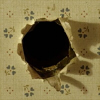
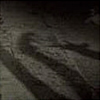

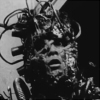
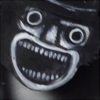
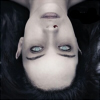
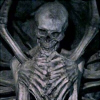
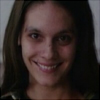
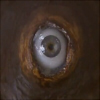

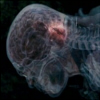
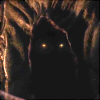
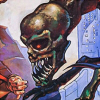
WAYS YOU CAN SUPPORT THIS SITE!
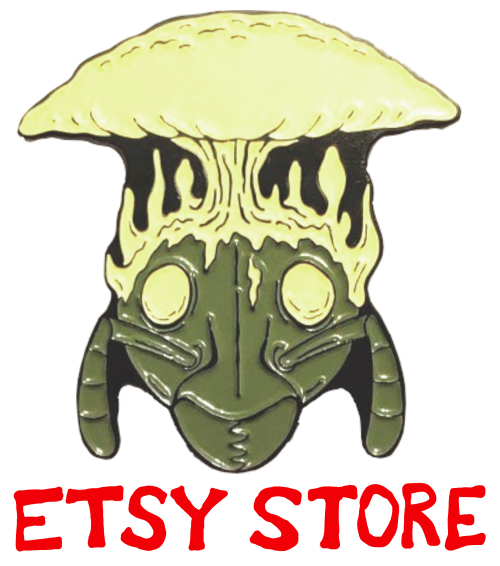
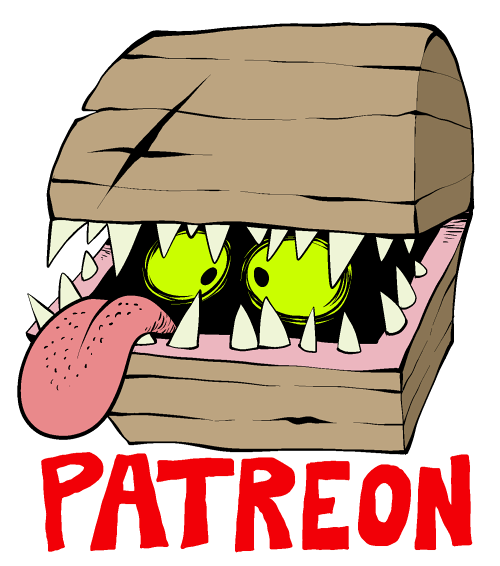
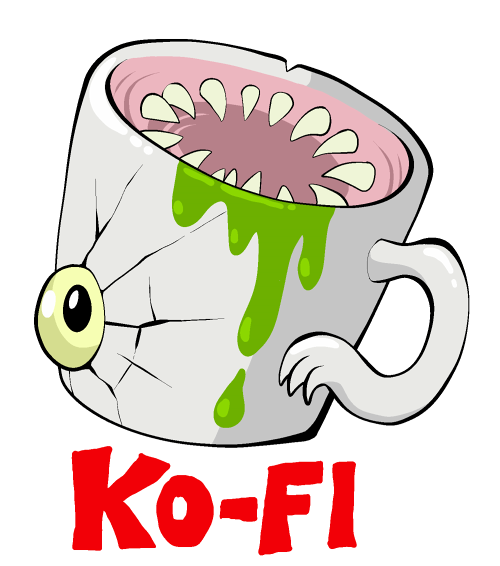
HOME





